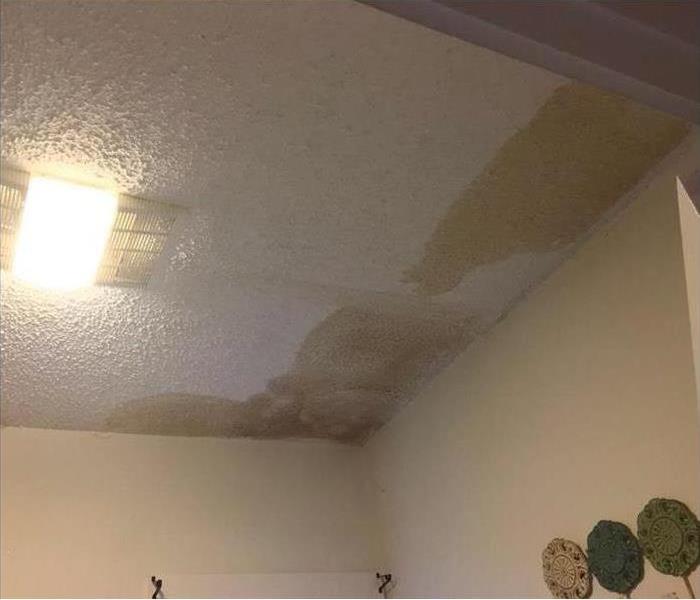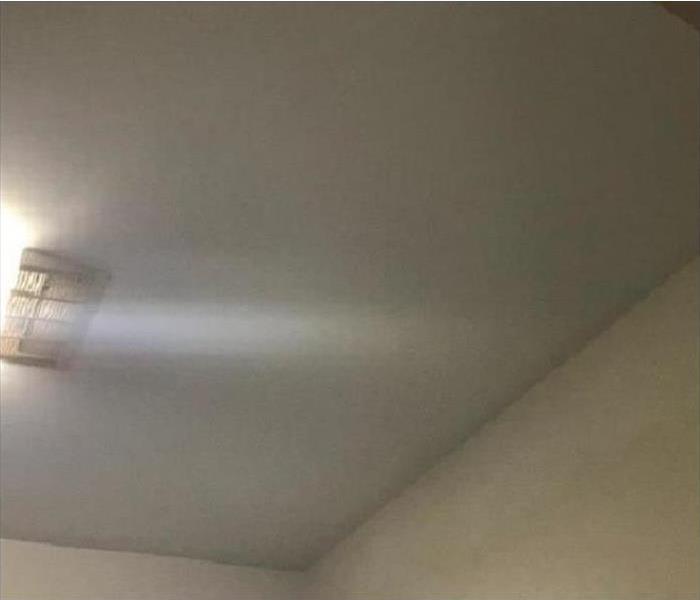
Step 4: Drying and Dehumidification
Our Water Damage Restoration Process
What Is Necessary to Dry Clearwater Homes?
Drying is one of the important actions of all water restoration events. Damages resulting from spreading moisture can continually worsen until drying steps are complete. With potential hazards like microbial threats and structural degradation, it is critical for our professionals to evaluate the need for evaporative drying from the time we arrive. Different tools are used for structural cavities, the environment, saturated materials, and more. After water removal services have ended, it is vital to quickly place air movers and dehumidifiers to begin necessary drying.
Choosing the Right Drying Equipment for the Job
The choice in one drying unit over another is the expected efficiency of these tools in specific situations. Permanently removing excess moisture from saturated structural assemblies and contents requires multiple machines beyond the axial and centrifugal air movers at the root of the drying process. We must quickly evaluate the best solutions to dry elements like:
- Ceiling tiles
- Hardwood flooring
- Unfinished wood framing and joists
- Drywall
- Carpeting and padding
Tracking the Success of Evaporative Drying
It is important to track the progress of drying efforts throughout this phase of restoration. We have several strategies to achieve this, ranging from thermal imagery with portable cameras to surface moisture meters that document damp pockets and locations where further drying and focused attention might be necessary. We use this information to monitor the balance between evaporative drying and moisture removal with air movers and dehumidifiers.
Drying / Dehumidification
Our Professionals will use room measurements, temperature, and relative humidity to determine the optimal number of air movers and dehumidifiers to dry your home or business. We’ll carefully monitor the progress using moisture meters until the materials return to acceptable drying goals.
- Use Dehumidification Equipment
- Use Monitoring Equipment to Track Progress
Monitor Floor and Walls
We check the moisture levels to monitor the drying process.
- Monitor Floors
- Monitor Walls
Drying Equipment
- Industrial-grade dehumidifiers help prevent secondary water damage like swelling and warping of floors, walls, and furniture.
- High-speed air movers create airflow across walls, carpets, pads, and furniture, which accelerates the evaporation of moisture.




 24/7 Emergency Service
24/7 Emergency Service




